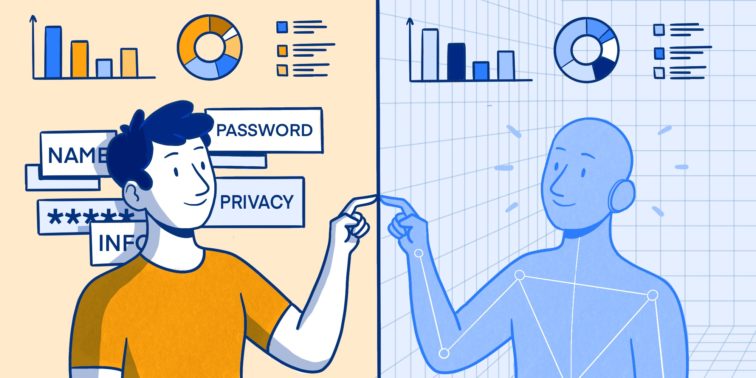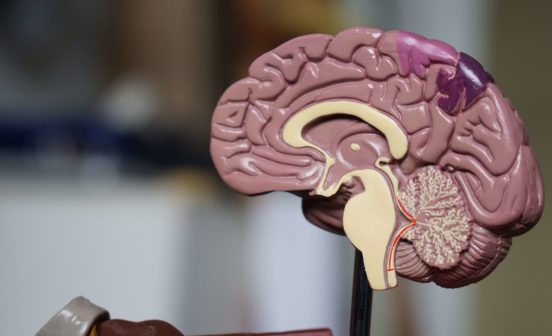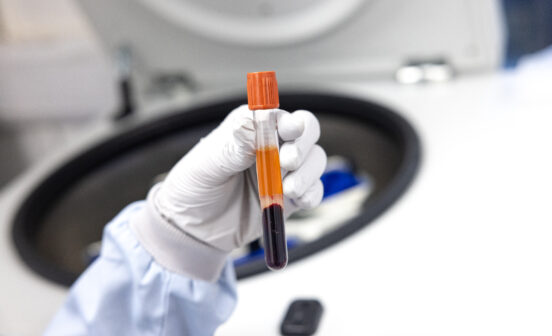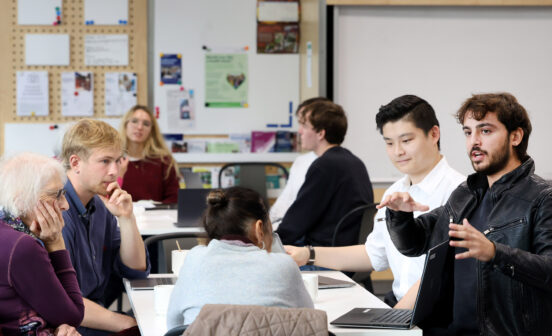GuidelinePPIE Navigating digital health: a guide to data and artificial intelligence in healthcare

In this blog, Kelly Gleason introduces a guide, Navigating Digital Health, co-produced with 20 local diverse public partners (aged between 18-78, ethnicity: White, Black & Asian, 60% women and 40% men) to help the public navigate data and artificial intelligence and wider resources. Kelly is Imperial CRUK Lead Nurse and leads the Public Involvement for the CRUK Convergence Centre and the NIHR Imperial BRC Surgery and Cancer Theme. The guide and supporting resources are part-funded by the NIHR Imperial BRC.
What the public need to know about the guide:
- It’s made for the public by the public (with a large and diverse group of public contributors) and supported by experts in the field.
- This is a gentle introduction to data science and AI to allow anyone to begin to learn about this field.
- It can be used by patients or family members to understand more about these issues generally or to contribute to public involvement programmes in research.
- It can help people make informed decisions about accessing new technologies to support their health.
- The guide is supported by various forms of media, including the written word, podcasts and animated videos (see links at the end of this blog).
In the Department of Surgery and Cancer, we involve patients and the public in all stages of our research. We noticed that more and more researchers were bringing research projects involving data science and artificial intelligence to the patient and public involvement group, yet the group felt they did not have adequate knowledge of this field to contribute to the research in meaningful ways. So, we decided to design a guide to data and AI for the public, by the public. This would be a free educational resource for everyone, to encourage informed patient and public involvement in research projects and the development of apps and devices that patients would want to use to support their health.
Dr Matt Williams, who leads the Computational Oncology Group at Imperial College London and a consultant clinical oncologist at Imperial College Healthcare NHS Trust, Jonathan Gregory, Honorary Research Fellow Imperial College London, provided the data science and AI expertise and I led the public involvement. I put together a group of public contributors, holding our first focus groups in January 2022. The guide was completed in June 2023, with the majority of our work with the public concluding in October 2022, including an evaluation of the project by the NIHR Imperial BRC Patient Experience Research Centre (PERC).
We continued to meet regularly with the group of public contributors to create content and chose relevant real-world examples to bring the guide to life. When we started this project, ensuring informed involvement in research was our main driver. But we soon realised that this information could also be very helpful for the wider public, particularly in terms of ensuring we develop technologies that people will want to use and empowering the public to make decisions about accessing existing technologies, such as wearables and apps to monitor chronic conditions. People will want to understand how they work and who accesses their data before engaging with new health tools. We also then questioned if this could also help healthcare professionals who will be in positions to support patients to use these new technologies.
Next steps
I’m really proud that we’re able to publish our guide in PDF format today and I’m really grateful to the many public contributors and colleagues who gave up their time to make this happen.
But we also want to make sure it’s much more widely available and that we’ve got a place to host lots of broader supporting materials we’ve been developing. So, I’m delighted that the NIHR Imperial BRC will be developing a website to host this material, as part of the Digital Health and Surgery and Cancer themes. The new website is expected to be ready by late summer/early autumn.
I’d also like to thank the teams at Cognitant and Healthwave for their support with our animations and public engagement, and our funders: Imperial Societal Engagement Participatory Research Seed Fund Award, Imperial Experimental Cancer Medicine Centre, Cancer Research UK Convergence Science Centre, NIHR Applied Research Collaboration for Northwest London, and NIHR Imperial BRC.
Department of Surgery and Cancer videos, animated Videos by Cognitant
- What is bias in data? https://www.youtube.com/watch?v=9PQKVvjuH3A
- Causation and correlation https://www.youtube.com/watch?v=_nG1C3jj1c8
- What is artificial intelligence? https://www.youtube.com/watch?v=N4NZoTW8ekY
- What is an algorithm? https://youtu.be/4dKoX7hBXlw
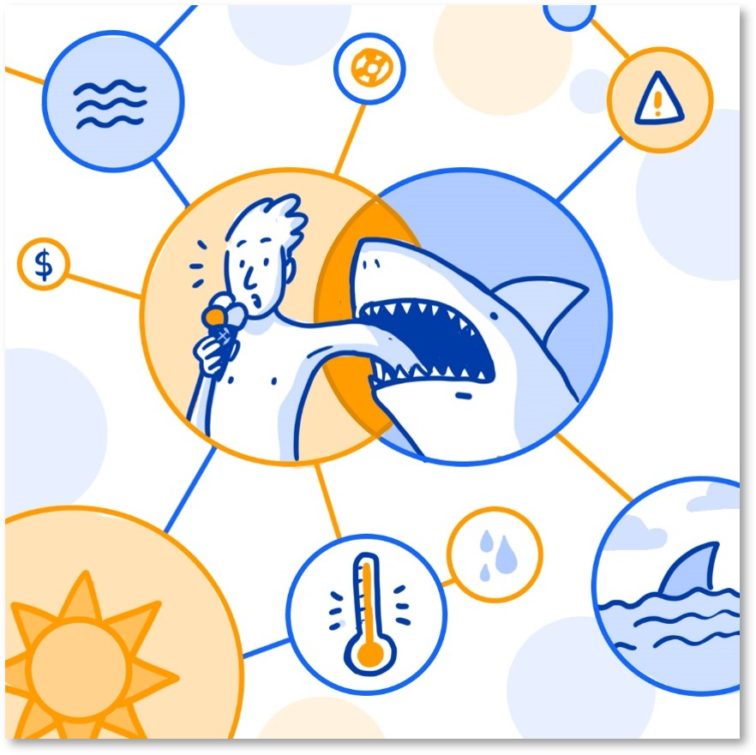
Department of Surgery and Cancer podcasts, presented by Julia Letts
- How to get started with data and artificial intelligence in healthcare: https://youtu.be/wmJDf3Ec8Lo
- Sharing your data: how to decide what to share and who to share it with https://youtu.be/LOjtrJMRctQ
- Introduction to artificial intelligence: What is it and how does it work? https://youtu.be/eXDLBsm7VVs
- How can artificial intelligence improve healthcare? https://youtu.be/tPTSPphQRNA
Cognitant created the illustrations and animated videos.
Healthwave did further public consultation with hard-to-reach groups.


